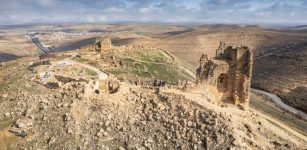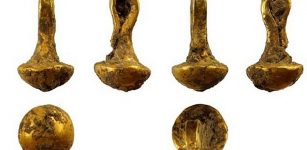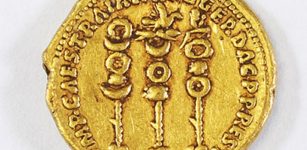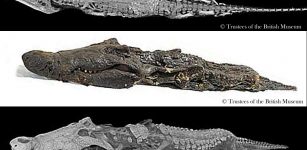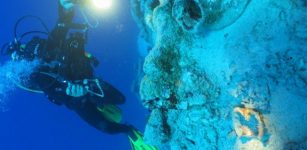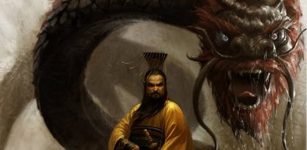X-Rays Helped To Solve Mystery Of The 17th Century Small Box Without Opening It
MessageToEagle.com – Mystery of a small 17th century metallic box discovered in a seventeenth-century grave at the site of the Saint Laurent Church, has been solved by scientists from the Centre de Restoration et d’Etude Archaeologique Municipal in Vienne, France.
They had not been able to open the badly damaged and fragile box and view its contents, but they were able to stop the oxidation process from inflicting further damage to it.
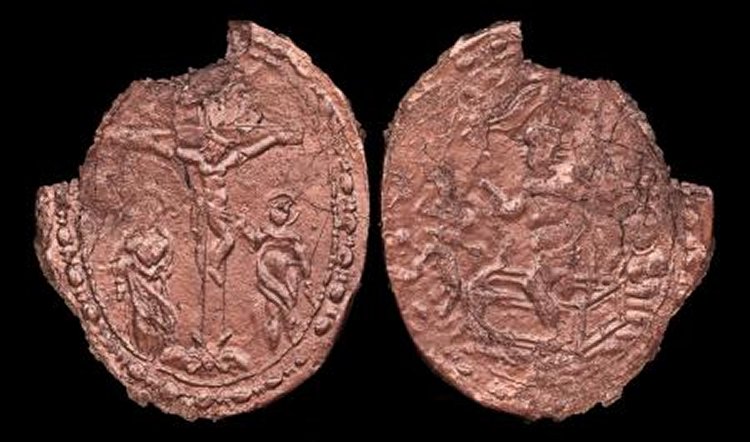
The scientists used X-ray imaging techniques developed at the ESRF (European Synchrotron (ESRF).
This small metal box, measuring just 4 cm, was buried alongside a corpse in one of the 195 graves from a phase of burials dating from the 17thI century.
Through the broken lid of the box, archaeologists could suppose the box contained three circular elements resembling coins; however the inscriptions on the objects were totally illegible.
“This minimal restoration, which was also applied to archaeological relics to preserve their authenticity in a state as extracted from the earth, today allows us to perform non-destructive investigations with astounding results,” Renée Colardelle, the archaeologist in charge of the Saint Laurent church excavation, said.
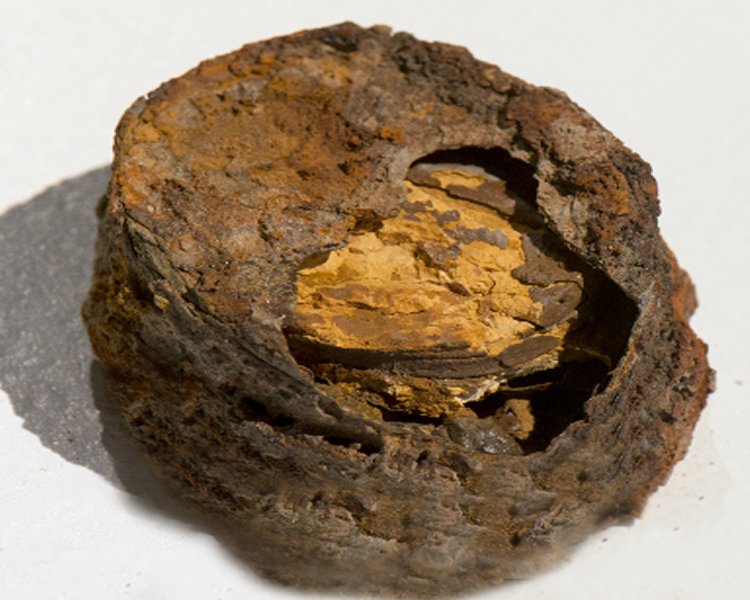
The box was scanned using phase contrast synchrotron X-ray micro-tomography and this sophisticated technique produced high resolution 3D images of the inside.
This technique, which can be likened to a highly powerful medical scanner, is capable of producing high resolution 3D images of the inside of a sample in a non-destructive manner.
…The 3-D images revealed small clay medals, plus two pearls.
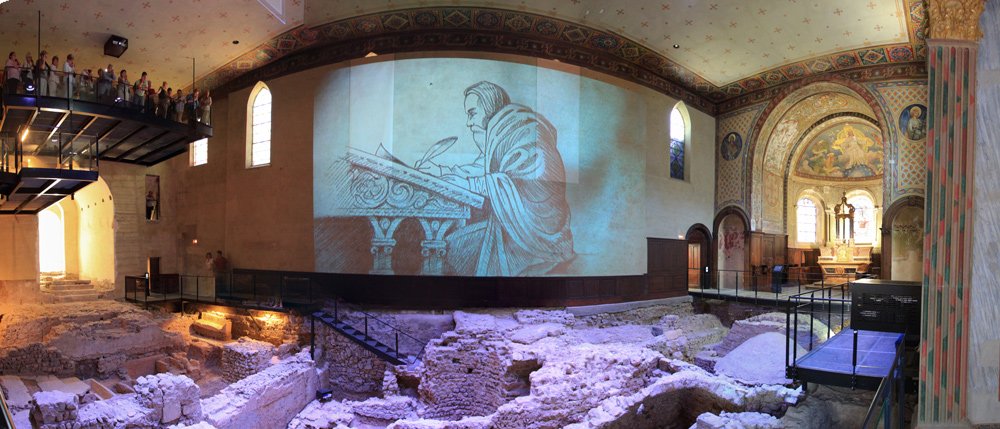
The two pearls and the block of three medals were virtually extracted from the box by 3D segmentation. The three medals were in very poor condition and stuck together.
However, after manual segmentation of the contact zones and the cracks in the medals, it was possible to separate them.
Rendering and 3D virtual lighting techniques used by scientists made several details on the medals, clearly visible.
The 3-D images revealed that the coin-like objects were three religious medals made of clay.
“It was only supposed to be a small feasibility study to produce an image for an exhibition. However, the results were so astounding that it turned into a full scale research project”, says Paul Tafforeau who carried out the experiments and produced the 3D images of the box.
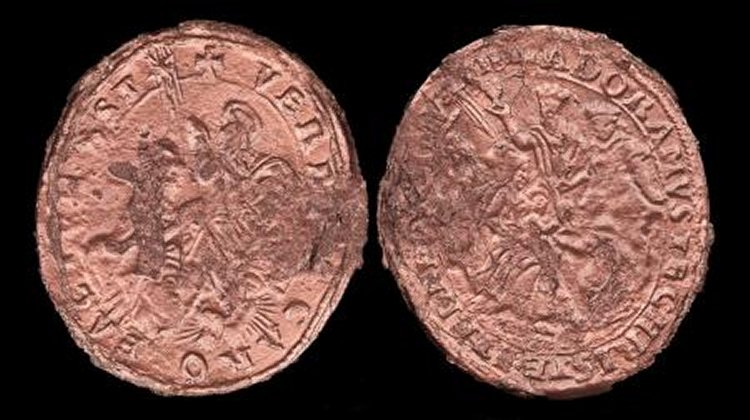
On one side, Christ can be seen on the cross with two figures standing at the foot of the cross. On the other side, Christ’s resurrection is symbolized by a figure bearing a crown of thorns, with one leg out of the tomb and holding a standard of the resurrection in his right hand.
The two other medals, which are identical, were damaged in different places.
By combining the images obtained from the two identical medals, it was possible to reconstitute the illustrations and even the inscriptions on the medals.
On one side, the scene of Christ’s baptism by Saint John the Baptist can be distinguished.
The inscription is from John 1.14. :
VERBUM CARO, FACTUM EST – (“And the word became flesh”).
The reverse side of the medal shows the three Magi bringing gold, frankincense and myrrh to the infant Jesus seated on Mary’s lap. The presence of Joseph behind Mary can be assumed but the state of preservation of the medals does not allow confirmation.
The inscription is the beginning of a psalm:
ADORAMUS TE, CHRISTE ET BENEDICIMUS TIBI (“We adore Thee, O Christ, and we bless Thee”).
Researchers say that the quality of the images obtained through non-destructive techniques opens new perspectives for archaeologists and many secrets archaeological secrets will be revealed thanks to synchrotron light.
MessageToEagle.com
source:

